I’ve spoken with several who planted a few fields last week. Soils have been a little cooler than we would prefer but it was hard to keep the planter at the shop with 60+ degree soil temperatures at 3” at 8 AM with warm temperatures in the forecast. Moisture is currently not hard to find in most areas given you caught some of the showers Continue reading
All posts by Tyson Raper, Cotton & Small Grains Specialist
Increasing water use efficiency/drought tolerance and yields with cover crops
Increased infiltration rates, increased soil water retention, and decreased rates of erosion are frequently mentioned as benefits of integrating a cover crop into a production system. In order to test these proposed benefits, a site was selected early in 2015 to compare a wheat cover crop versus fallow management Continue reading
A few thoughts on incorporating/managing cover crops
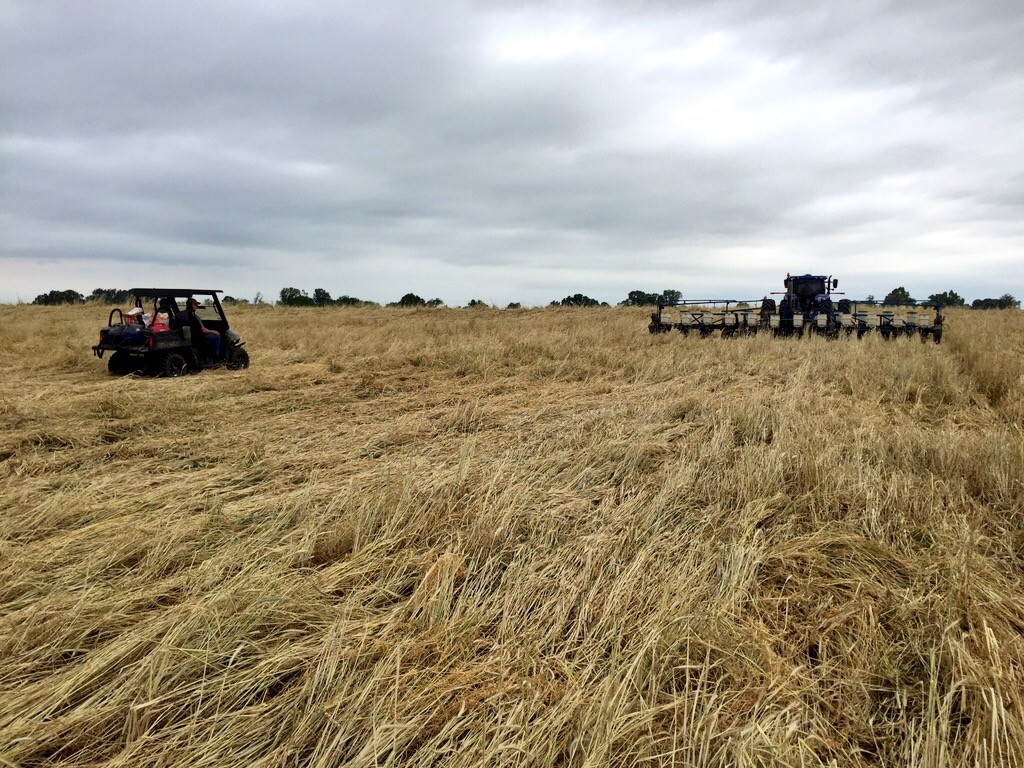 Cover crop questions have begun to pick up in recent weeks. Many of these have stemmed around termination timing and method to maximize the benefit of the cover crop while minimizing the potential negative impacts associated with the cover on the following cash crop. I’ve got good and bad news for you. . .
Cover crop questions have begun to pick up in recent weeks. Many of these have stemmed around termination timing and method to maximize the benefit of the cover crop while minimizing the potential negative impacts associated with the cover on the following cash crop. I’ve got good and bad news for you. . .
Cotton Variety Characteristics/Management Descriptions
At the 2016 Cotton Focus event, Dr. Darrin Dodds, Cotton Specialist from Mississippi State University, presented a summary of the characteristics of the commercially available varieties available for the 2016 season. I have attached those tables to this blog and taken the liberty of highlighting those varieties which are most likely to fit our short-season environments here in Tennessee. Continue reading
2016 Mid-South Farm & Gin Show, Mid-South Ag Forum and SCGA Annual Meeting
 The 64th annual Mid-South Farm & Gin Show is scheduled for February 26- 27, 2016 at the Cook Convention Center, Memphis, TN. Those two days, more than 400 exhibitors from over 40 states will be on hand showcasing the latest technology and innovation available in agriculture. Show hours are Friday, February 26, from 9:00 a.m. to 5:00 p.m. and Saturday, February 27, from 9:00 a.m. to 4:30 p.m. More information is available at www.farmandginshow.com and the full press release can be found by clicking on the logo above or the hyperlink below.
The 64th annual Mid-South Farm & Gin Show is scheduled for February 26- 27, 2016 at the Cook Convention Center, Memphis, TN. Those two days, more than 400 exhibitors from over 40 states will be on hand showcasing the latest technology and innovation available in agriculture. Show hours are Friday, February 26, from 9:00 a.m. to 5:00 p.m. and Saturday, February 27, from 9:00 a.m. to 4:30 p.m. More information is available at www.farmandginshow.com and the full press release can be found by clicking on the logo above or the hyperlink below.
Two other events will be occurring in conjunction with the Farm and Gin Show that many will find to be of interest: The Mid-South Ag Forum set for Feb 26th and the SCGA Annual Meeting set for Feb. 25th. The SCGA meeting is open to all producers and will include presentations from Dr. Tommy Valco with the USDA, Mr. Larry Falconer with Mississippi State, and Dr. Bill Robertson with the University of Arkansas. The Mid-South Ag Forum’s featured speakers this year include Dr. Mike Daniels and Dr. Bill Robertson from the University of Arkansas as well as Mr. Steve Stevens from Desha County, AR. Again, full press releases and details on these meetings can be found by clicking the hyperlinks above. Look forward to seeing each of you there. – See more at:
2016 MidSouth Farm and Gin Show, SCGA and Mid-South Ag Meeting Agendas
2016 Cotton Focus Agenda
 The 2016 Cotton Focus Agenda is now available online. This year’s meeting will be held at the West Tennessee Research and Education Center (605 Airways Blvd, Jackson, TN 38301) on Thursday, February 18th. Registration begins at 8:00 AM with Continue reading
The 2016 Cotton Focus Agenda is now available online. This year’s meeting will be held at the West Tennessee Research and Education Center (605 Airways Blvd, Jackson, TN 38301) on Thursday, February 18th. Registration begins at 8:00 AM with Continue reading
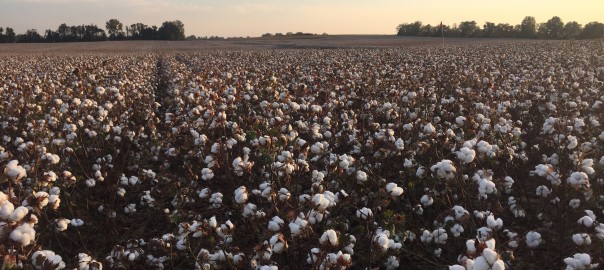
2015 TN Cotton Variety Trial Results
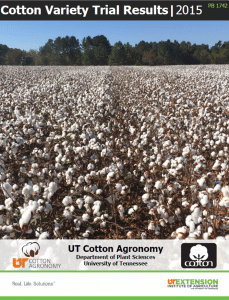 The 2015 TN Cotton Variety Trial Results Publication (PB1742) is now available online. This document contains detailed results from all harvested trails in the 2014 University of Tennessee Cotton Variety Testing program. This expanded publication follows the recently published summary publication, 2016 TN Cotton Variety Guide (W285), which was released a few weeks ago. Continue reading
The 2015 TN Cotton Variety Trial Results Publication (PB1742) is now available online. This document contains detailed results from all harvested trails in the 2014 University of Tennessee Cotton Variety Testing program. This expanded publication follows the recently published summary publication, 2016 TN Cotton Variety Guide (W285), which was released a few weeks ago. Continue reading
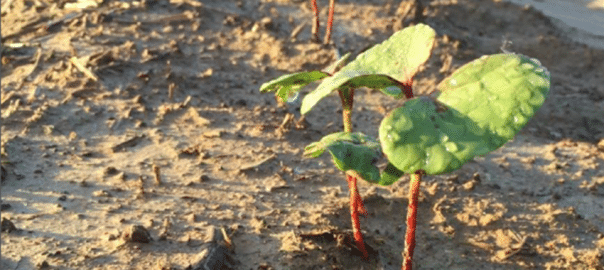
2016 TN Cotton Variety Guide
The 2016 TN Cotton Variety Guide is now available 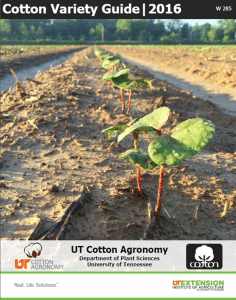 online. This document summarizes results from the 2015 University of Tennessee Cotton Agronomy program and serves as a precursor to a full release of trial results in PB 1742 to come within the next few weeks. Summaries from the 2015 season were calculated from four Official Variety Trials (OVTs), four large, replicated on-farm trials and nine County Standard Trials (CSTs) scattered throughout TN’s cotton producing counties. Continue reading
online. This document summarizes results from the 2015 University of Tennessee Cotton Agronomy program and serves as a precursor to a full release of trial results in PB 1742 to come within the next few weeks. Summaries from the 2015 season were calculated from four Official Variety Trials (OVTs), four large, replicated on-farm trials and nine County Standard Trials (CSTs) scattered throughout TN’s cotton producing counties. Continue reading
